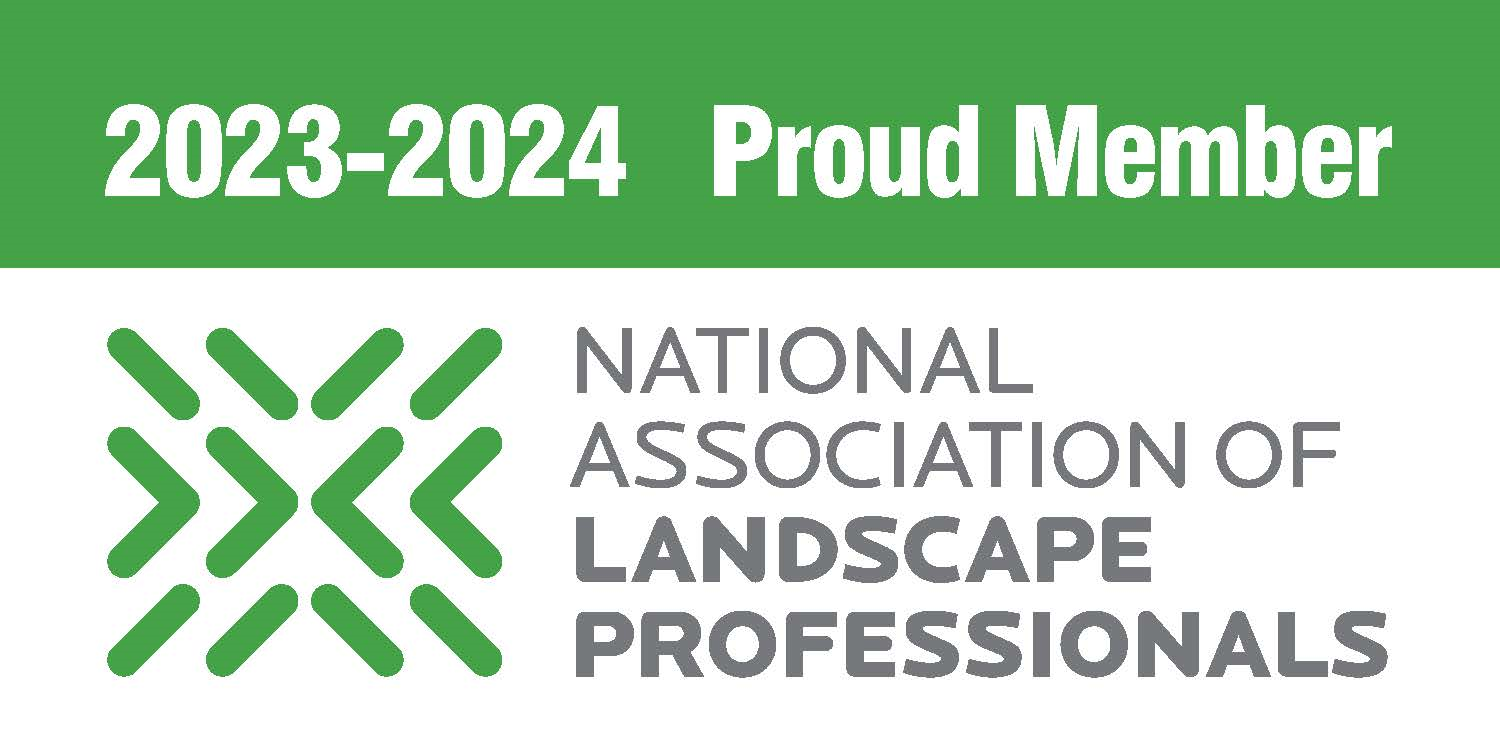Plants that Attract Butterflies, Bees, and HummingbirdsSpring is an ideal time of year to add new pollinator-attracting plants to your landscape! The Garden Center is full of plants with flowers of all shapes, sizes, and colors, allowing for a wide array of combinations to suit various bed shapes and design styles. Tips for getting started on your pollinator garden: 1. Know Your Planting Location: Before choosing plants, be sure you know key characteristics about the area in which you are planting. Many plants for butterflies, bees, and hummingbirds love sunshine. So, siting your butterfly garden in an area that receives a minimum of 6+ hours of sunlight will likely be ideal. Also, most pollinator-friendly plants will appreciate soil that is well-drained (i.e. not soggy). Of course, there are exceptions to these guidelines for sunlight and soil moisture. If you are working in an area of the yard that has more shade or moisture, our Nursery Professionals can also assist you in choosing plants that will work for those conditions as well. 2. Choose the Right Plants: Generally, nectar-rich flowers are key. And, including an assortment of bloom shapes will encourage a variety of pollinators to visit. It is also important to consider bloom season so that flowers are present early spring through fall. Flowering annual and perennial plant selections include:
Have space to go bigger? Pollinators also love these flowering shrubs and trees:
3. Get Your Soil Ready: We highly recommend amending the soil in your planting area with Brownswood Premium Planting Mix as well as a starter fertilizer such as Espoma Organic Bio-tone® Starter Plus to give your new plants their best start. You can find our Planting Guide at the link below. It provides planting instructions and helpful information about watering and getting new plants established. 4. Plant: Planting different varieties of plants in groupings of three or more will result in more blooms of any given flower type being available at once. Do keep in mind mature heights and widths of each plant for best spacing and arrangement. For example, if arranging in tiers, situate taller plants in the back of the bed and work forward. It may be helpful to sketch a layout of your planting area with rough measurements beforehand to ensure proper spacing. Water regularly as new plantings are getting established and provide a balanced fertilizer in spring and fall. 5. Enjoy! Butterflies, bees, and hummingbirds are a delight for all ages to observe, adding a sense of wonder and excitement to the landscape. It may take a little while for pollinators to find newly planted flowers, so be patient... they will come!
Comments are closed.
|
Categories
All
Archives
June 2024
|

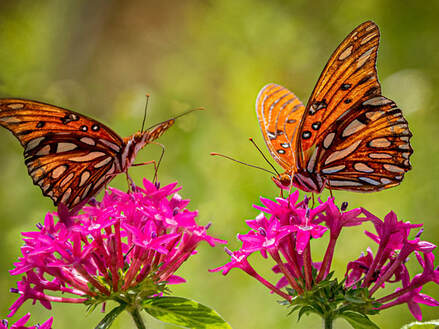

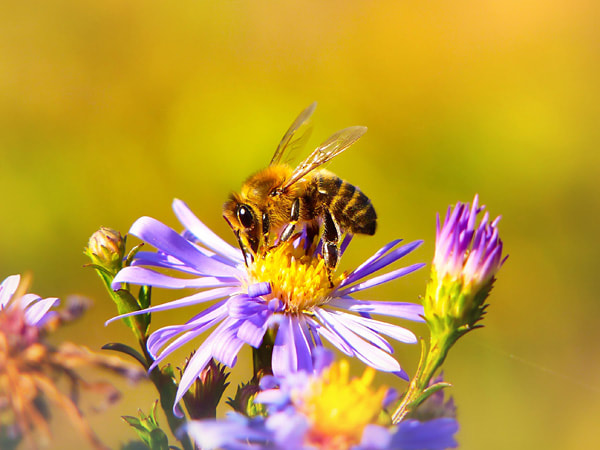
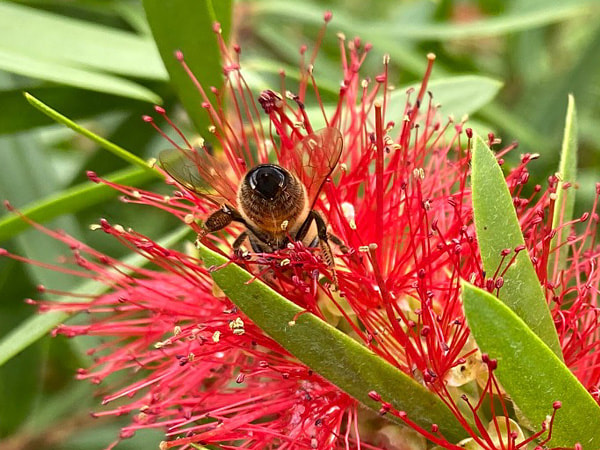
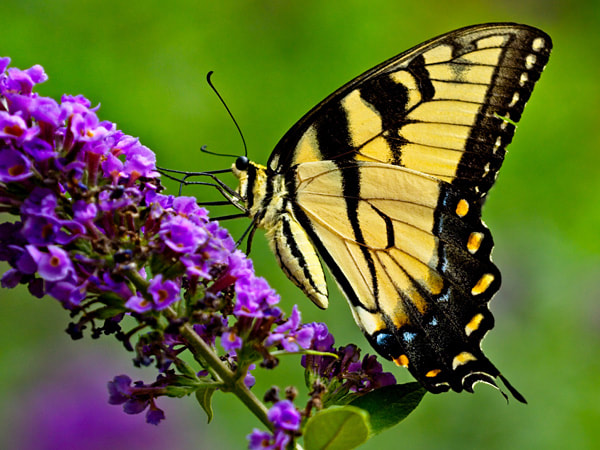
 RSS Feed
RSS Feed

